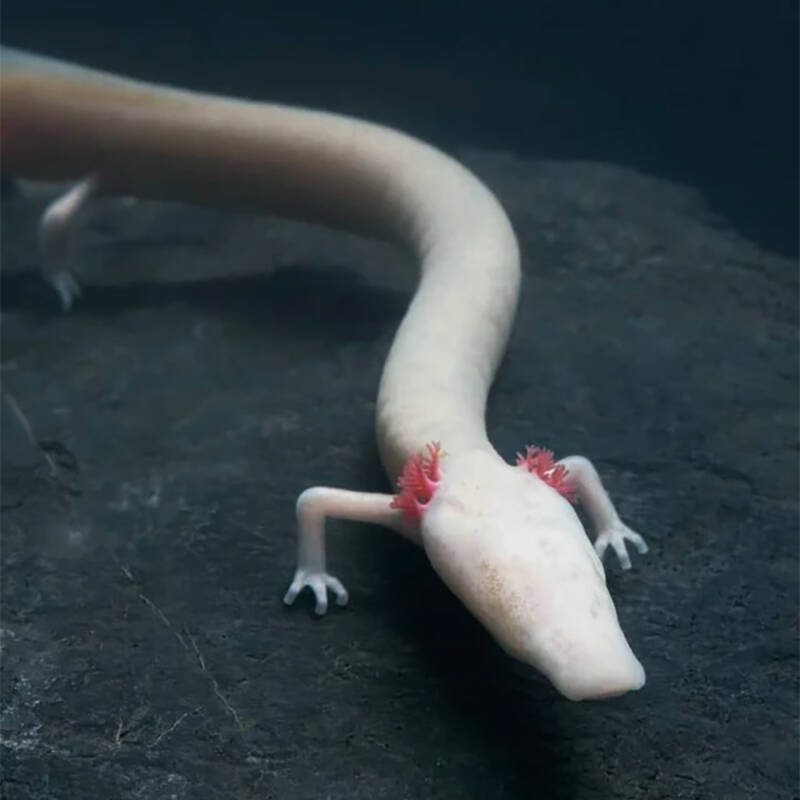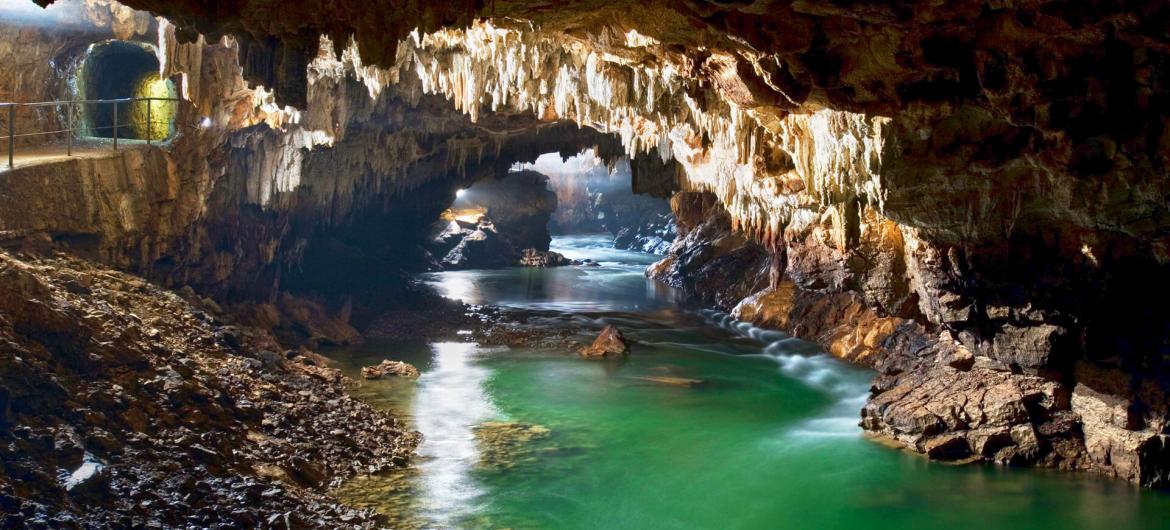Biodiversity & Environment
Olms in Postojna Cave of Slovenia
- 18 Jun 2020
- 3 min read
Why in News
Recently, three Olms have been put on display in Slovenia’s Postojna Cave, where they hatched in 2016 in a rare successful breeding.
Key Points
- Description:
- The Olms are eyeless (skin covered eyes) pink salamanders also known as the "baby dragon" and "human fish" for its pale skin-like colour.
- They feed on detritus and endemic cave vertebrates and hide in crevices or bottom sediment when disturbed. They can survive without food for up to 10 years.
- A long-lived species that only matures to a sexual stage after the age of 12-15 years and reproduces very slowly.
- It can live a century and breeds only once a decade usually in laboratories throughout Europe or deep in caves away from people.
- They have a powerful sensory system of smell, taste, hearing and electrosensitivity.
- Threats:
- The olm requires clean water, and is therefore vulnerable to water pollution.
- Consequently, the major threats to the olm are pollution and habitat disturbance from land use changes occurring above the cave systems.
- Habitat:
- They are found in large subterranean aquatic karst systems formed in limestone and dolomite rocks, and may be found in cave entrances.
- They are an entirely aquatic species and prefer waters ranging from 5-15°C.
- Found in Bosnia and Herzegovina, Croatia, Italy, Slovenia and France.
Karst Topography
- Any limestone or dolomitic region showing typical landforms produced by the action of groundwater through the processes of solution and deposition is called Karst topography.
- It is named after the typical topography developed in limestone rocks of Karst region in the Balkans adjacent to Adriatic sea.
- The name of this type of topography comes from the Karst region in Yugoslavia, karst topography can be found all over the world.
- The karst topography is also characterised by erosional and depositional landforms. Karst landscapes feature caves, underground streams and sinkholes on the surface. Where erosion has worn away the land above ground, steep rocky cliffs are visible.








